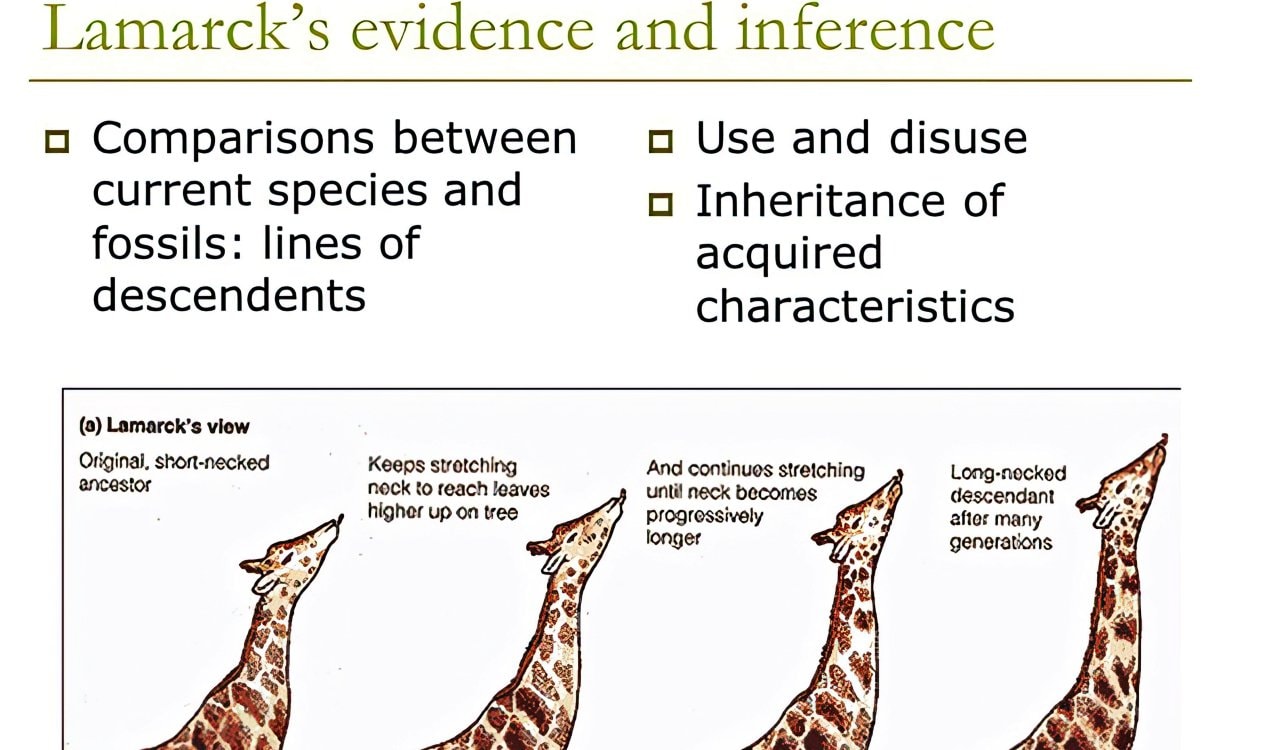Unlike subjects like math, where we have solid answers that never change, science is always evolving. That’s why scientists sometimes can’t give you a definite answer to things. It’s easy to say we know everything, but that would be wrong. Instead, scientists say things like “based on what we know now” or “our current understanding.” This is because there have been cases where scientific theories seemed true for a long time but turned out to be completely wrong.
Take the example of Galen, a famous Roman doctor. For almost 1,000 years, people believed everything he said about the human body, even though he never actually examined a human body. He studied animals instead, which are very different from us. Eventually, scientists realized his ideas were incorrect when they started studying actual human bodies. This shows how scientists can be fooled, and there are many other examples like this. So, science is always changing, and what we think is true today might be different tomorrow.
Lamarckian Inheritance

People Behind It: Jean-Baptiste Lamarck
Belief Timeframe: Mid-1700s to late 1800s
Lamarckism is one of those things that makes sense, but the more you really think about it…the more you see it’s complete garbage. However, it is easy to see why Jean-Baptiste Lamarck felt the way he did. The French zoologist used the classical era theory of soft inheritance in his own idea of evolution. The goal was to use this to supplement his concept of orthogenesis. This is the belief that organisms tend to evolve in a specific direction, toward some goal due to some driving force. Lamarck used giraffes to explain this. They have long necks because they kept stretching and stretching to reach higher leaves until they finally reached the form we see today.

Essentially, Lamarck felt that one acquired characteristics or traits that one could then pass on to future generations. As in, I could become a good basketball player through hard work but then my son would somehow be good at basketball when he grows up. Specifically, because I became good at basketball. While he could work to become great too, he would not simply be guaranteed to be amazing only because I was. Obviously, simple things such as the discovery of genetics and DNA refuted this big time. It made sense for Lamarck to utilize evolution in a way that seemed plausible. It just simply doesn’t work as he assumed.
